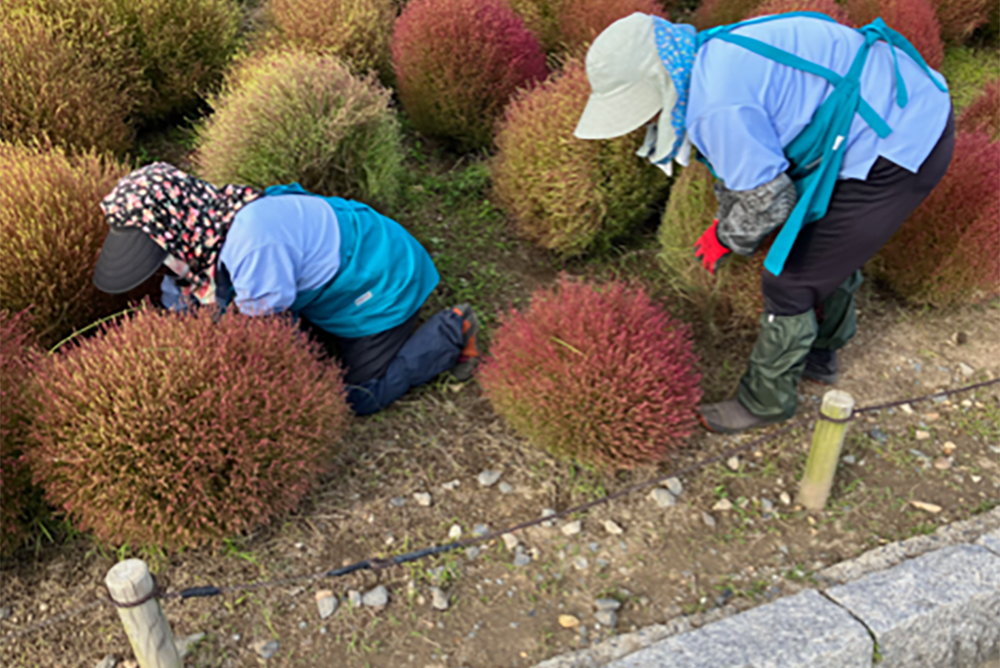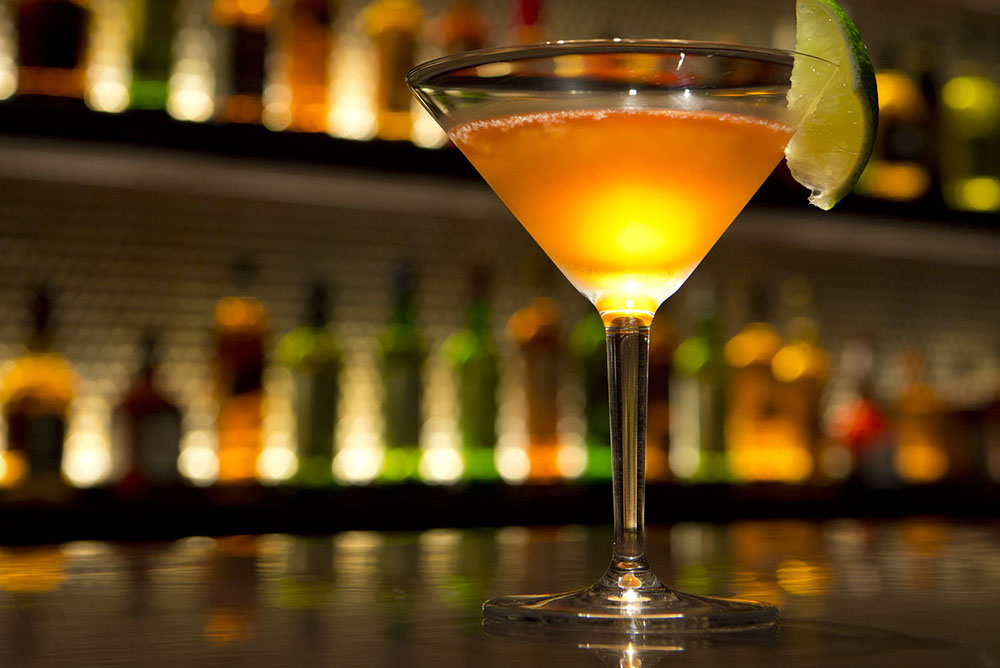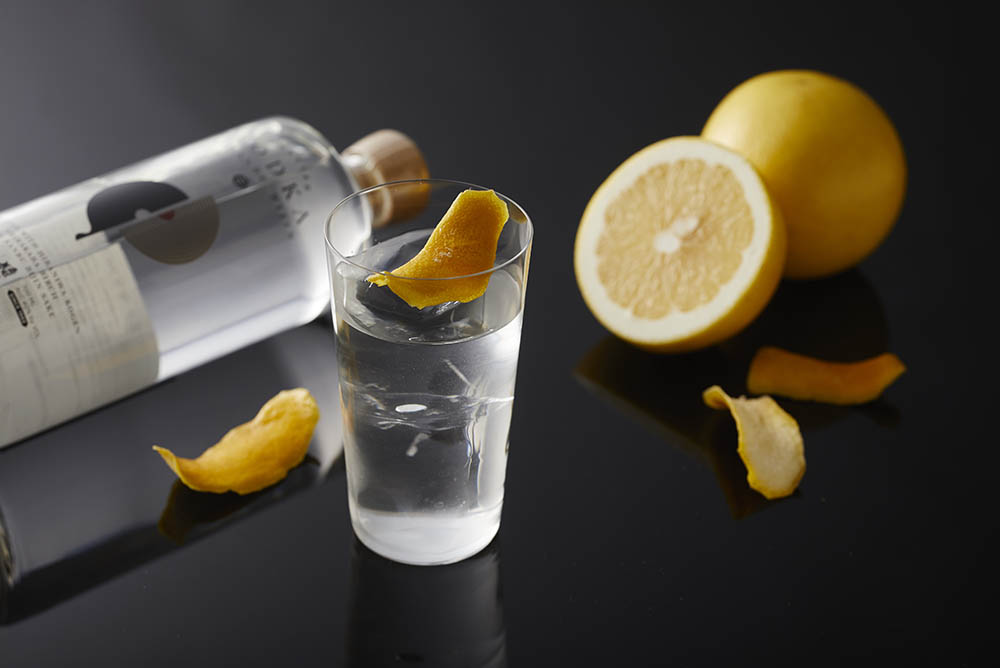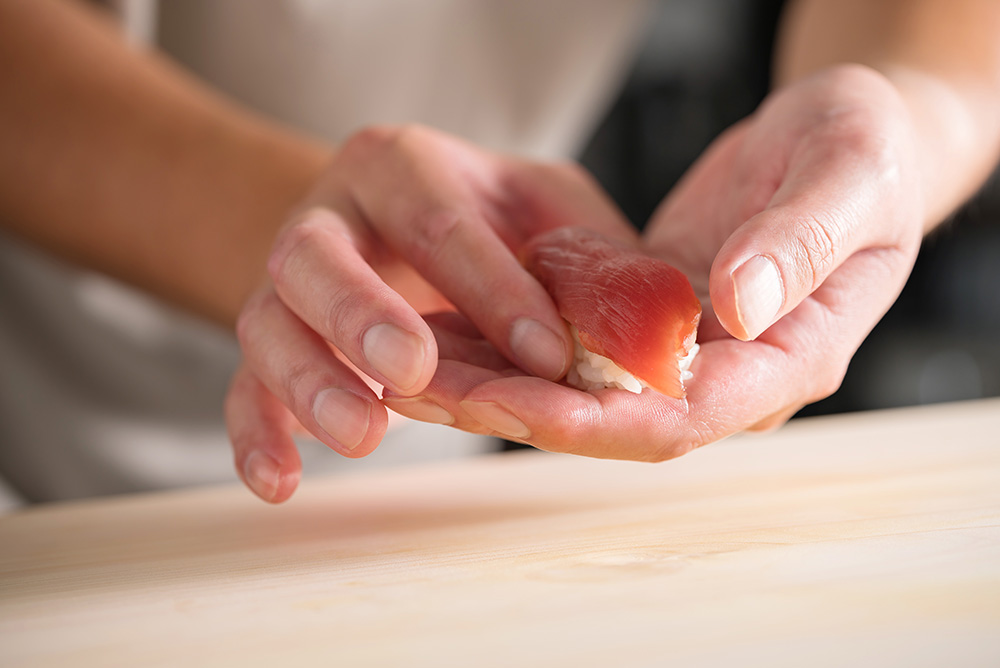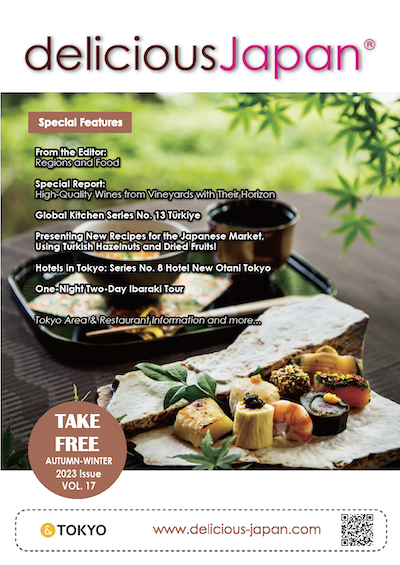
GEKKEIKAN -For Your Lifestyle Taste
Please give a brief account of your brewery’s history
Gekkeikan was originally founded in 1637, when Okura Jiemon opened up a sake shop in Fushimi, where our head office is also currently located. Our company was nothing more than a small local sake shop for the first 250 years. It was not until quite recently that our company grew into what it is today, providing Japanese sake across Japan and all over the world. As a key element of our global strategy,we established Gekkeikan Sake (USA), Inc. in 1989, and Gekkeikan (Shanghai) Trading Co., Ltd. in 2011. In addition to exports from Japan, Gekkeikan USA not only provides sake in the U.S. but also exports to Canada, Southern America, Europe, and Asia.Please give some representative examples of sake you are making.
Our products range from the finest Junmai-Daiginjō to the more common or traditional sake that are served best when heated. The Daiginjō and Junmai- Ginjō of the top-notch “Densho” brand are our signature products. They are (c) Gekkeikan Sake Co., Ltd. very fragrant and smooth in texture, slowly brewed over a long period of time with finely milled Yamada-Nishiki, the king of sake rice. The premium “Horin” Junmai-Daiginjō is a popular brand not only in Japan but also in the U.S. and Europe. It is brewed with a blend of Yamada-Nishiki and Gohyakuman-goku, two of the most popular varieties of sake rice.What type of rice do you use for your sake?
Our company provides a range of sake types that incorporates advanced brewing technology, such as our sake barrels, Nigorizake (“cloudy sake”), and Junmai brewed with Yamada- Nishiki. From the finest Daiginjō to the moderately priced Futsū-shu (normal sake), we use a variety of sake rice to brew different types of sake. Some of our Daiginjō grade products are brewed with Yamada-Nishiki, which are harvested from our contract farms.As for our Futsū-shu, our brewing recipes include varieties of rice that are normally eaten as staples, such as Nipponbare and Koshihikari. The rice is roughly milled so as to leave the outer layer full of protein, fat, minerals and vitamins, so that when it is brewed, it enhances flavor and nutritional quality of the sake, and makes the sake delicious when heated as well.
We have a few products that best represent Kyoto, including a Junmai-Daiginjō brewed with sake rice called Iwai, which grows only in Kyoto prefecture. Another well-reputed Kyoto-made product is called “Daiginjo”, brewed with 100% of a recently invented variety of kakemai (rice used to produce raw unrefined sake) called Kyo- no-kagayaki and pure spring water in Fushimi called Fushimizu.
What types or types of yeast and koji do you use?
Our company uses a variety of yeasts that we developed based on sake yeasts, which are cultured to match with different sake types. The kōji (rice malt) molds that we use to make sake are sourced from several companies specializing in kōji making for 600 years, including an original blend especially created for our company.Since the late 1980s, researchers at Gekkeikan have been unraveling the formation mechanism of aroma compounds in sake that are produced by yeast. This patented technology has led to the development of an ideal yeast for making Ginjō, and is widely applied in the brewing industry today, including a yeast strain called “Kyōkai Kōbo (yeast)”, which is bred using this technology and distributed to sake brewers all over the country through the Brewing Society of Japan.
What sort of water source do you have?
Brewery members of the Fushimi Sake Brewers Association, including Gekkeikan, use local groundwater to make sake. Underneath the Kyoto basin, there lies a natural reservoir as large as Lake Biwa, called “Kyoto Suibon”. Professor Harushige Kusumi of Kansai University has reported that the underground water basin contains as much as 21.1 billion tons of water, with a north-south dimension of 33 kilometers and an east-west dimension of 12 kilometers. The basin becomes deeper as it stretches southward and is deepest around Fushimi, which is why we are blessed with clean and nutrient-rich water.The strata beneath Fushimi’s land surface are composed of granite, of which ample amounts of spring water are filtered through. The water hardness measure from 60 to 80 mg/L, which means that it contains an ideal balance of dissolved calcium and magnesium for making sake. Sake brewed in Fushimi use this moderately hard water, and is fermented over relatively long periods of time. This is why our sake is low on acidity, smooth in texture, and has a refined, refreshing flavor.

